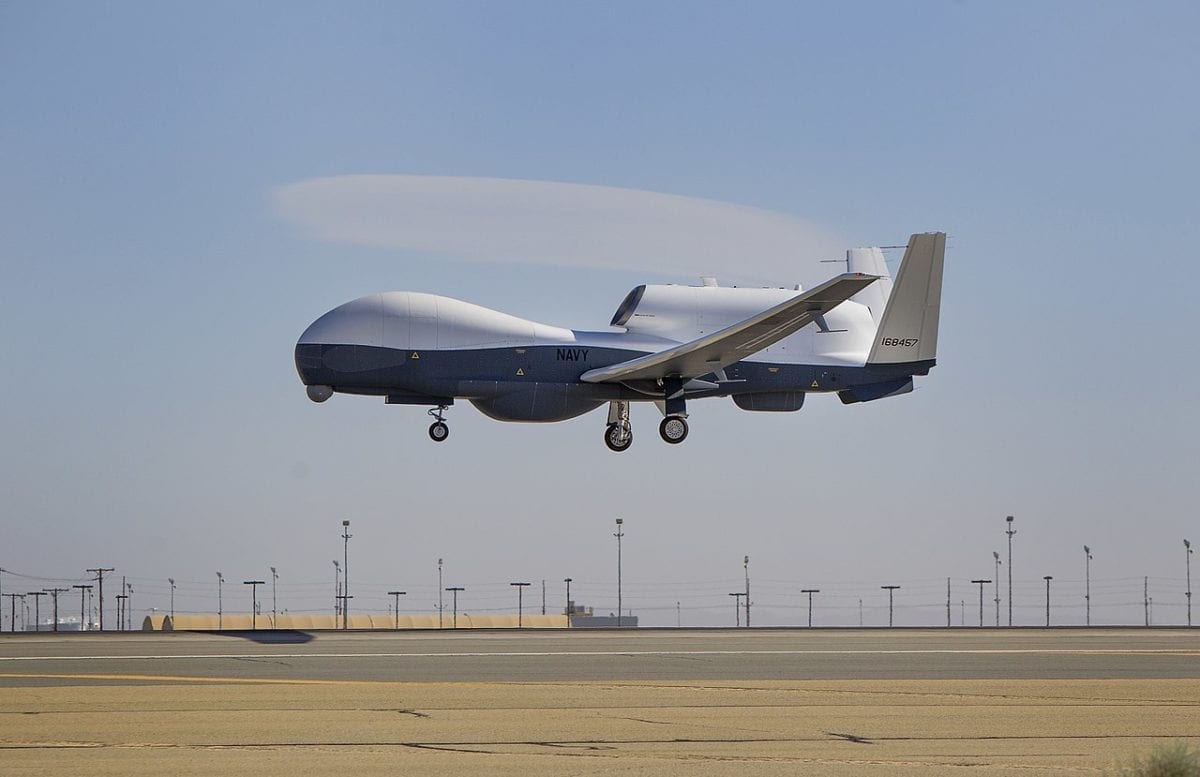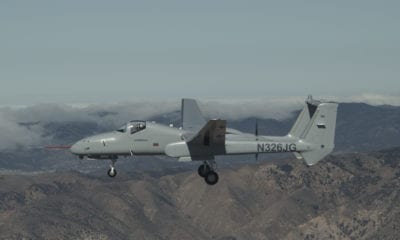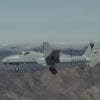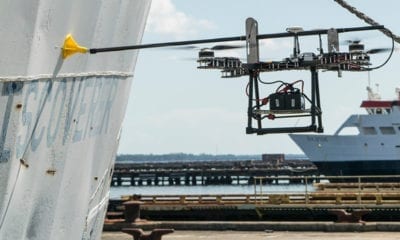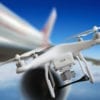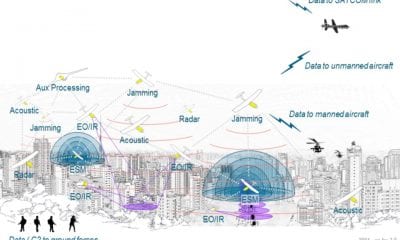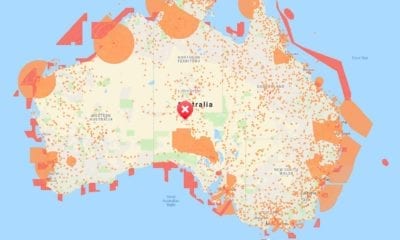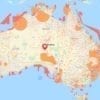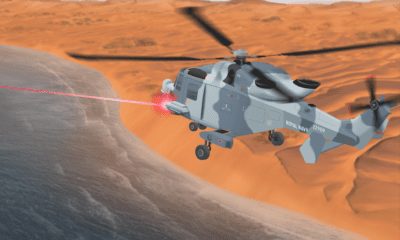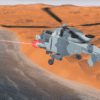Defense
Northrop Grumman Wins MQ-4C Triton Drone Support Contract for Australian Navy
A contract worth $65 million has been awarded to Northrop Grumman for drone support facilities for the Australian government. The contract covers components for the manufacture, delivery and support of three MQ-4C Triton drones for the Australian Defence Force (ADF).
Announcing the specifics of the deal Australia’s Department of Defence said that it calls for long-lead production components for the MQ-4C Triton unmanned aircraft. Equipment and materials for ground stations for all three drones are also covered in the contract.
- The MQ-4C Triton is designed to provide aerial intelligence, surveillance and reconnaissance over ocean and coastal regions.
- The unmanned aircraft is already under development for the Navy and is based on the company’s RQ-4B Global Hawk drone used by the U.S. Air Force.
- Physical attributes of the Triton: it is just less than 50 feet long and has a 130-foot wingspan, and can remain aloft for more than 24 hours at a time.
- The aircraft can fly at altitudes higher than 10 miles for more than 24 hours, with an operational range of 8,200 nautical miles.
- The drones can also descend and ascend through harsh maritime weather environments to gain a closer view of ships and other targets at sea.
- The system consists of the high-altitude, long endurance MQ-4C air vehicle, sensor payloads and supporting ground control stations.
- The system provides real-time intelligence, surveillance and reconnaissance missions over ocean and coastal regions as well as continuous maritime surveillance conduct search and rescue missions. They complement the Boeing P-8 Poseidon maritime patrol aircraft.
Work on the contract is expected to be completed by next June which includes sustainment and engineering support for the MQ-4C Triton unmanned aircraft surveillance system. The contract also includes technical expertise of field service representatives, logistics and test support to ensure MQ-4C air vehicles and mission control and operator training systems are fully sustained and mission capable.

